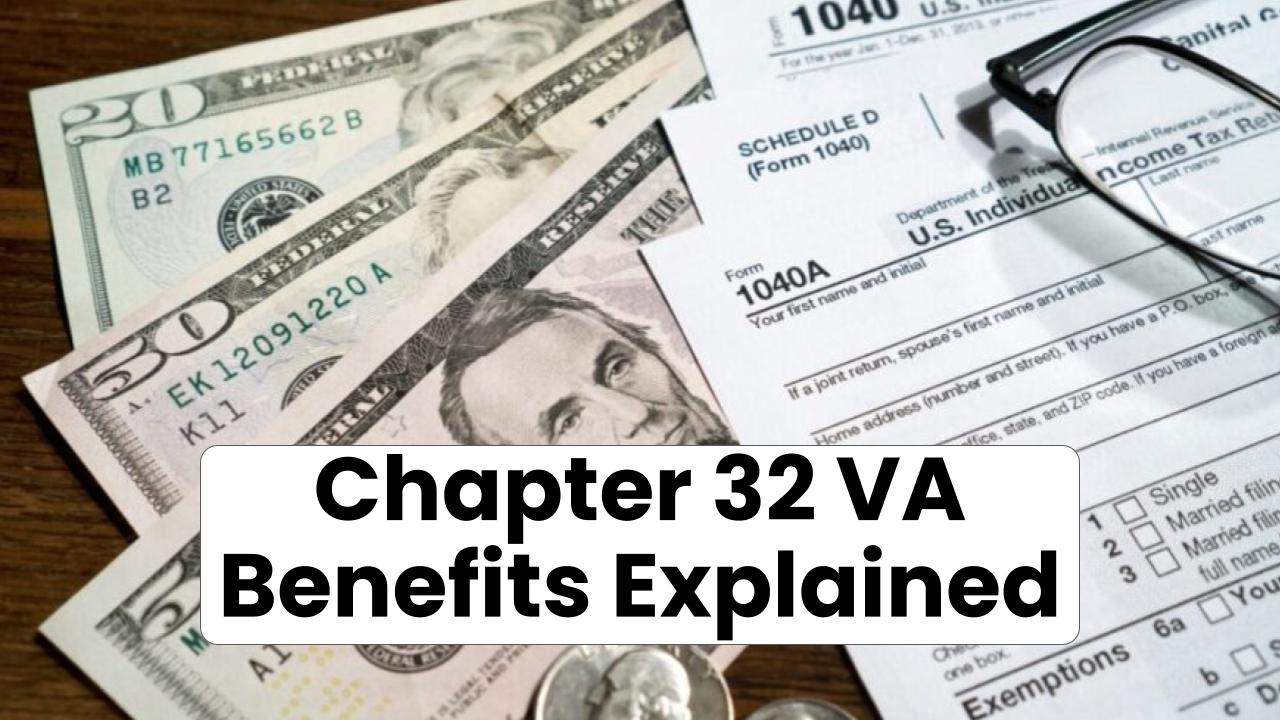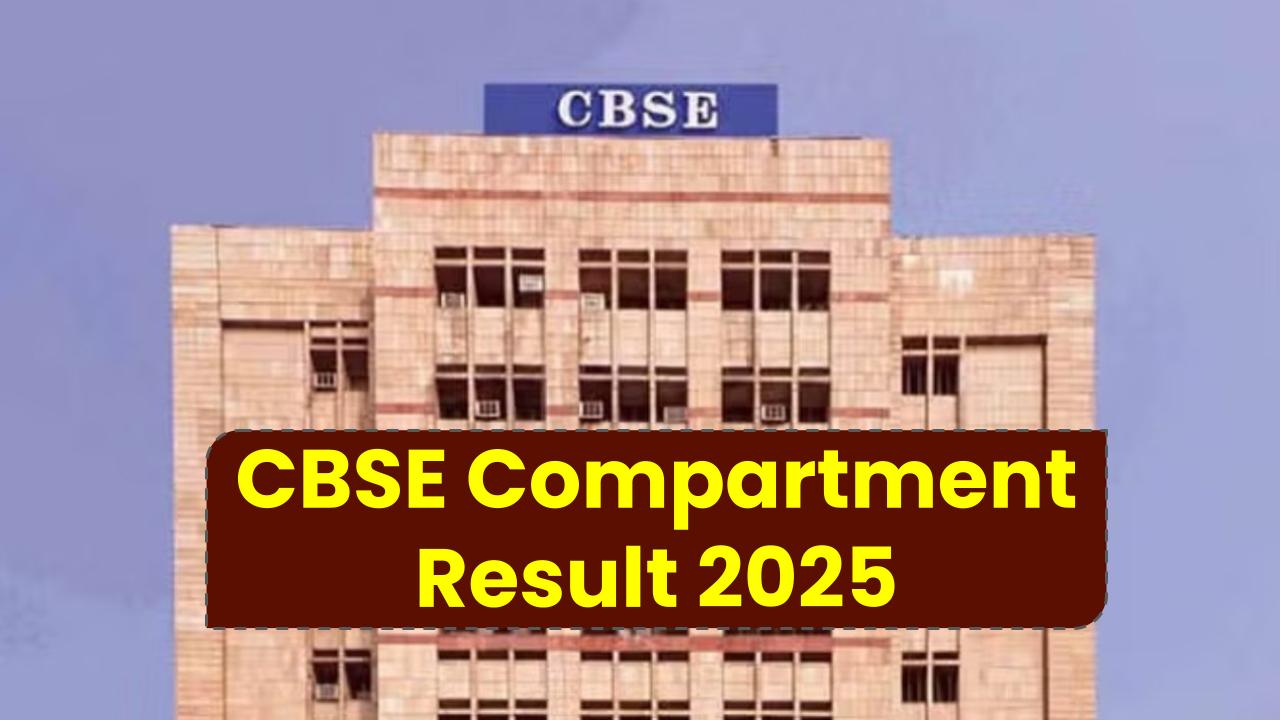Imagine this: you worked your tail off, saved diligently, and finally hit that magical number — Rs 1 crore in your retirement kitty. Feels good, right? But hold on a sec. Fast forward 20 years, and that tidy sum might not even buy you what Rs 20-25 lakh can get you today. Sounds scary? It should.

Welcome to the not-so-fun world of inflation. When it comes to retirement, inflation is like that sneaky raccoon that keeps nibbling away at your savings while you’re not looking. And if you think Rs 1 crore is enough to hang up your boots forever, this article will give you a hard, but necessary, reality check.
Think Rs 1 Crore Is Enough to Retire? In 20 Years
| Topic | Details |
|---|---|
| Inflation Rate (India) | Avg. 6%-7% annually |
| Value of Rs 1 Crore in 2045 | ~Rs 25-30 lakh in today’s money |
| Safe Withdrawal Rate | 4%-5% per year |
| Suggested Corpus for Comfortable Retirement | Rs 3-5 crore for middle-class urban lifestyle |
| Healthcare Inflation | 10%-15% annually |
| Official Resource | National Pension System (NPS) |
If you’re planning to retire today in a small town, maybe. But for most people, especially those eyeing retirement two decades from now, it just won’t cut it. Inflation, healthcare, and longevity are real and growing concerns. You need a solid plan, diversified investments, and regular reviews. Build smart, build early, and build big.
Why Rs 1 Crore May Not Cut It in 2045
Let’s do some quick math.
If you stashed away Rs 1 crore today and inflation averages 6% annually, in 20 years your money would only be able to buy what Rs 28 lakh gets you today.
Here’s the formula we used:
Future Value = Present Value / (1 + inflation rate) ^ number of years
That means your comfortable Rs 50,000/month lifestyle now would cost nearly Rs 1.6 lakh/month in 2045. Your Rs 1 crore corpus? Poof. It’s not keeping up.
And if you’re thinking, “Well, I’ll just invest it smartly,” consider this: Even with a 10% return and a 6% inflation rate, your real returns are just about 4%.
The Hidden Villains: Inflation & Longevity
Inflation Is a Silent Killer
Prices creep up slowly, so we often don’t notice how much more expensive things are getting. But over two decades, it’s a huge deal.
- In 2003, a liter of milk cost Rs 15. In 2023, it’s over Rs 60.
- A modest two-bedroom apartment that cost Rs 20 lakh then now goes for over Rs 80 lakh in many cities.
People Are Living Longer
You’re not just saving for 10-15 years of retirement anymore. Many of us will live well into our 80s and 90s. That’s 25-30 years of no paycheck — just relying on your savings.
The average life expectancy in India is now over 70 years and climbing, says the World Bank.
Breaking Down Your Retirement Planning — The Friendly Guide
Step 1: Estimate Your Future Expenses
Start with your current monthly expenses and adjust for inflation. Use a retirement calculator like NISM’s tool. Example: If you spend Rs 50,000/month today, with 6% inflation, you’ll need over Rs 1.6 lakh/month in 2045.
Step 2: Know the Safe Withdrawal Rule
The 4% rule is a gold standard in retirement planning. It suggests you withdraw 4% of your corpus annually to avoid running out of money. So Rs 1 crore gives you just Rs 4 lakh/year, or Rs 33,000/month. Can you live on that? Probably not, unless you’re living in a Tier-3 town and growing your own veggies.
Step 3: Build a Bigger Nest Egg
How much do you really need? Here’s a simple table for guidance:
| Monthly Expense | Retirement Corpus Needed |
|---|---|
| Rs 50,000 | Rs 1.5 crore+ |
| Rs 75,000 | Rs 2.25 crore+ |
| Rs 1,00,000 | Rs 3 crore+ |
These numbers assume 4% safe withdrawal and a 25-year retirement.
Step 4: Grow Your Money
Your savings should be invested, not just stored in a savings account.
- Equity Mutual Funds: Great for long-term growth. Consider SIPs.
- National Pension System (NPS): Tax benefits and a disciplined way to build retirement wealth.
- Public Provident Fund (PPF): Safe, long-term, tax-free.
- Real Estate: Long-term rental income but be cautious of liquidity.
Real Talk: What You Should Be Doing Today
- Start Early: Compounding is your best friend. The earlier you begin, the less you need to invest monthly.
- Track Your Spending: Apps like Walnut, Moneyfy, and ET Money can help.
- Upgrade Your Insurance: Especially health. Medical costs are rising faster than general inflation.
- Review Your Plan Yearly: Your goals and inflation both change. Adjust accordingly.
FAQs
Is Rs 1 crore enough to retire in India?
No, not in most cases. Especially in urban areas, it might cover only 8-10 years of moderate living expenses.
How much money do I need to retire in India comfortably?
Anywhere between Rs 3 crore to Rs 5 crore depending on lifestyle, location, and healthcare needs.
What is the best age to start retirement planning?
Yesterday. But seriously, the earlier the better. Starting in your 20s gives you a major advantage.
What if I can’t save enough?
Consider part-time work post-retirement, downsize your home, or relocate to a more affordable city. Passive income from rentals or dividends can also help.
What are the best tools to plan retirement?
- NPS Retirement Calculator
- SIP Calculator by Groww
- ET Money Retirement Planner








